Puffball is a basidia mushroom with an edible fruiting body. They have a spherical or pear-shaped shape. The inside of the puffball is called spores and in young mushrooms it is white. However, as the spores contained in it mature, the inside begins to darken and turn from dense to powdery.
The outer shell, called the peridium, also undergoes certain changes as the spores mature. At first it is white, but over time it turns brown and disintegrates, but it is possible to pierce it in order for it to form an opening through which the mature spores will be able to disperse later. Even if a raindrop falls or an animal presses on the fruiting body, the spores are instantly shot through the hole created. They are extremely light and are carried very lightly by air currents.
Different types of puffballs can be found in different places. Most often we come across them in pastures and fields. Some puffballs grows near deciduous or coniferous trees. The fruiting period is long - from spring to late autumn.
Types of puffball mushrooms
Puffball Bovista - these mushrooms have small fruiting bodies with a spherical shape. Their maximum diameter is about 2-3 cm. At the base they do not have anything to play the role of a stump and instead mycelial hyphae hang from below. Their outer skin consists of two layers, which are clearly distinguished from each other - inner (endoperidium) and outer (exoperidia). The outer layer is white and can be smooth or rough. It breaks down into pieces when the mushroom matures. The inner layer also changes its colorless color and dries.
In different species, the membrane is brown or gray color. After the spores are fully ripe, the whole fruiting body begins to dry out and the base separates from the soil and the mushroom begins to roll quite freely. Mature giant puffball spores are dispersed through a single hole, which is located at the top. The most well-known puffballs of this species are the gray puffball (Bovista plumbea) and the ovoid puffball (Bovista nigrescens). Distinguishing between species is a very difficult task and relies only on microscopic features in the scars.
Puffball Calvatia - these are the largest puffball mushrooms, which have a variety of forms. The common feature of the species in this group is the way in which the spores are dispersed. As the spores mature (inside), the shell begins to crack into pieces that fall off and reveal the mature spores.
The most famous representatives of this type of puffballs are:
Calvatia excipuliformis - has a fruiting body and a height of up to 15 cm. It grows mainly in forests and can rarely be found in pastures and meadows.
Field puffball (Calvatia utriformis) - the fruiting body is 2 to 6″ (5 to 15 cm) high, up to 3 - 4.3″ (8 - 11 cm) in diameter. It has a pear-shaped back, consisting of two parts. The upper part is flattened spherical, while the lower part is cylindrical, stump-like and longitudinally grooved.
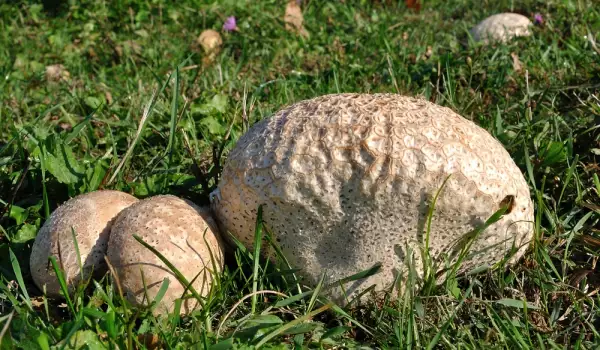
Giant puffball (calvatia gigantea) - this mushroom reaches huge sizes, making it very easy to recognize. The maximum weight of a puffball of this species is 22 lb (10 kg) and the diameter reaches 31″ (80 cm).
Puffball Lucopendron - these are a type of puffball pear-shaped and no more than 2″ (5 cm) in diameter. They are found mainly in forests and have 15 representatives. The outer shell has a color that is specific to each species. You may see puffballs with a structure that resembles spikes, hairs, rags or tiles. After erasing this color, the bottom remains the inner shell, which is smooth. All puffballs of this species have a very well-developed stump in which the sterile base is located. The color of the fruiting body is important for determining the species. The most famous representatives of this species are Lucoperdon perlatum and Lucoperdon echinatum.
Puffball Vascellum - in Europe there is only one species (Vascellum pretense). It inhabits meadows, it is small in size and has an oval or rounded appearance. Its outer and inner shells are very well distinguished. The outer shell is covered with densely arranged fine spikes, which can be very easily removed by hand. The inner shell is a membrane.
Picking puffball mushrooms and storing them
When buying puffballs you should pay attention to their appearance - they should look healthy and smell nice. If in doubt about the suitability of mushrooms, do not buy them at all. If you go puffball picking, refer to the above descriptions, but still be very careful.
Mushroom picking should be done by professional mushroom pickers to avoid unpleasant and dangerous accidents. Puffball, like other types of mushrooms, is not very durable, so store them in the refrigerator and consume them as soon as possible after purchase/picking.
Puffball in cooking
The edible part of puffball is very tender, so you should take this fact into account during cooking. It is best to bread it - this is the most delicious. It is possible to fry it in very hot butter, but for a very short time. Puffball can be stewed or, more precisely, prepared with a butter sauce. To do this, melt butter and dilute it with broth and spices and add the mushrooms at the end.
If desired, you can eat puffball lightly roasted. String it on lean skewers or those with meat. There are not many options for preparing puffball, but on the other hand, it is one of the most delicious mushrooms.
Benefits of puffball mushrooms
Research has found a number of beneficial properties in puffball mushrooms, some of which have antitumor, antiviral and antibacterial properties. Giant puffball spores contain chemical compounds from the group of penicillin antibiotics.
What are the harms of puffball mushrooms?
The danger of consuming puffball mushrooms again comes from the possibility of confusion with some poisonous species. The good news is that the giant puffball does not have a double of similar size, so it is difficult to confuse it with anything else. Eat only mushrooms from verified sources and seek medical attention at the slightest suspicion of poisoning.
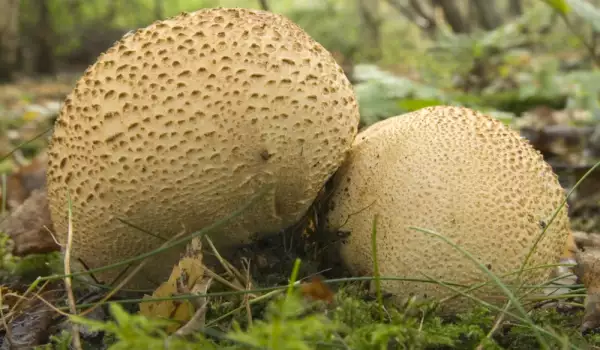
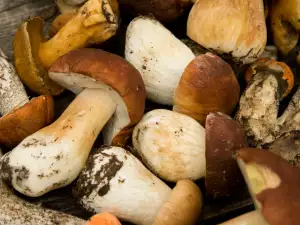
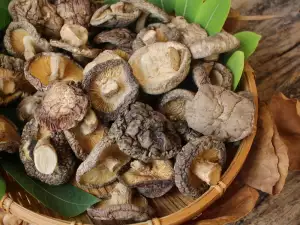
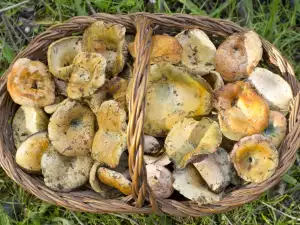

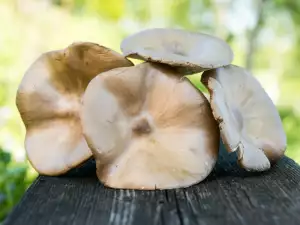
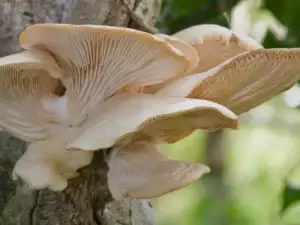
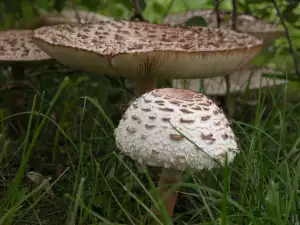
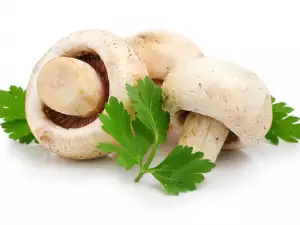
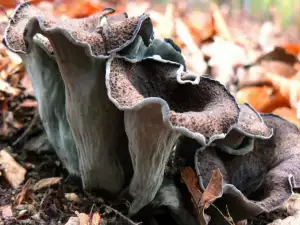
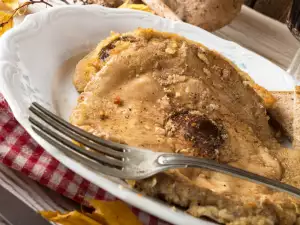
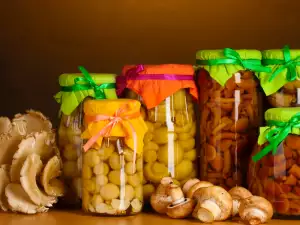
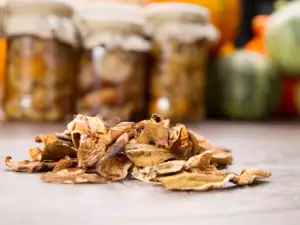




Comments